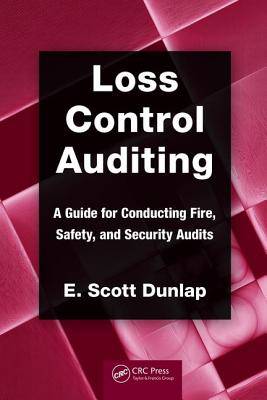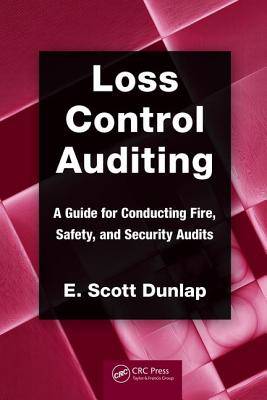
- Retrait gratuit dans votre magasin Club
- 7.000.000 titres dans notre catalogue
- Payer en toute sécurité
- Toujours un magasin près de chez vous
- Retrait gratuit dans votre magasin Club
- 7.000.000 titres dans notre catalogue
- Payer en toute sécurité
- Toujours un magasin près de chez vous
Description
As a critical function in monitoring workplace safety, loss control auditing provides an organizational assessment of safety program performance in relation to regulatory requirements and company policies. Principles of quality management dictate that measurement of an activity receives organizational attention and provides an excellent tool for communicating performance to management. A comprehensive audit, rather than individual metrics such as injury rate, helps to determine which aspects of a safety program are functioning well and which ones have room for improvement. Loss Control Auditing: A Guide for Conducting Fire, Safety, and Security Audits is a one-stop resource for both developing and executing a loss control audit program.
Written for professionals in the fire service, loss prevention, and safety management as well as those studying the fields, this reference addresses loss control auditing from the perspectives of workplace safety, physical security, and fire risks. The text focuses on the three core areas of an audit: documentation review, physical inspection, and employee interviews. It also presents a three-phase model pre-audit, audit, and post audit activities which can be used for all three core areas. It includes detailed information to assist in the development of an effective audit program.
The author discusses the foundational elements of an audit program, the written audit program and the audit protocol. Systemic auditing issues of audit scoring, auditor selection and training, audit logistics, and audit frequency are also addressed. The final section of the book discusses the opportunities that can arise in conducting an audit, including how an audit can be used as a training tool and the importance of involving employees in the audit process. The application of the information presented in this volume is facilitated by representative case studies included at the end of each chapter. An up-to-date refe
Spécifications
Parties prenantes
- Auteur(s) :
- Editeur:
Contenu
- Nombre de pages :
- 256
- Langue:
- Anglais
- Collection :
Caractéristiques
- EAN:
- 9781138466449
- Date de parution :
- 11-09-17
- Format:
- Livre relié
- Format numérique:
- Genaaid
- Dimensions :
- 156 mm x 233 mm
- Poids :
- 452 g







